Luminato Festival in Conversation with Quinn Hopkins
Don’t miss Quinn Hopkins’ Meeting of the Doodem at the Illuminating Ideas Tent at Woodbine Weekend – presented by Meta.
When I think of augmented reality art, I think I’m looking through a lens that shows me the spirit world on the other side.
Quinn Hopkins
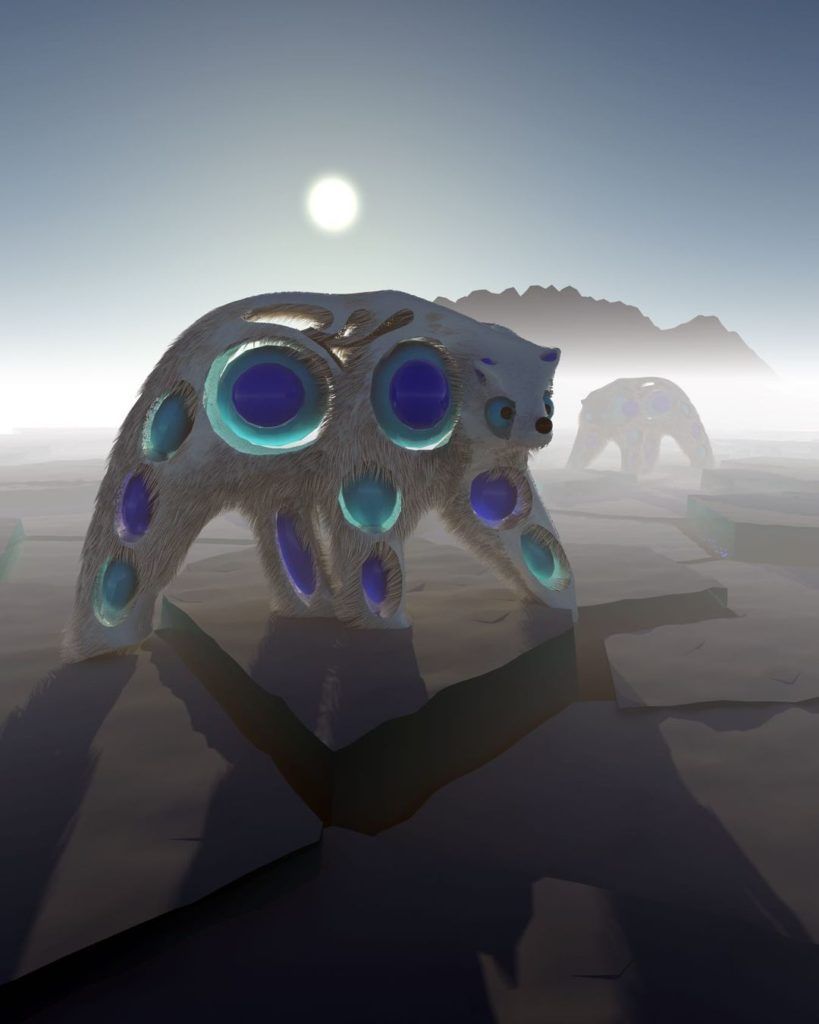
Quinn:
Aniin, my name is Quinn Hopkins. I’m a digital media artist from Tkaronto. My family is from Batchewana First Nations in Sault Ste. Marie. I’m a student at OCAD U.
I started my art practice probably when I was 12 or 13 in middle school. I had a really influential teacher who noticed my, my sort of interest in painting and drawing. So she gave me the opportunity and the resources to, to do some more large-scale paintings. And then through high school, I continued to practice, the Woodland Style which is sort of similar to this, which was popularized by Norval Morrisseau and his contemporaries. It came around in the sixties and seventies when the Ojibwe culture was almost extinct a lot of it had to do colonialism and cultural genocide. So the artwork came as a way of sharing the stories in a visual medium and Norval Morrisseau became the Picasso of the North, but he was really interested in sharing his spirituality through his art and the Ojibwe worldview.
My artwork has that at its core and then I have developed it into sort of a three-dimensional sculptural work where I’m taking this black line and colorful 2d practice and creating it into a three-dimensional practice. But I’m also taking the idea of connecting to the spirit world, which is sort of shown a lot in Woodland style art and I’m, I’m making it accessible through digital technology. When I, when I think of augmented reality art, I think I’m looking through a lens that shows me the spirit world on the other side, because I know that, not everyone has the same visuals in the spirit world. But that’s just how, it’s my interpretation of it.
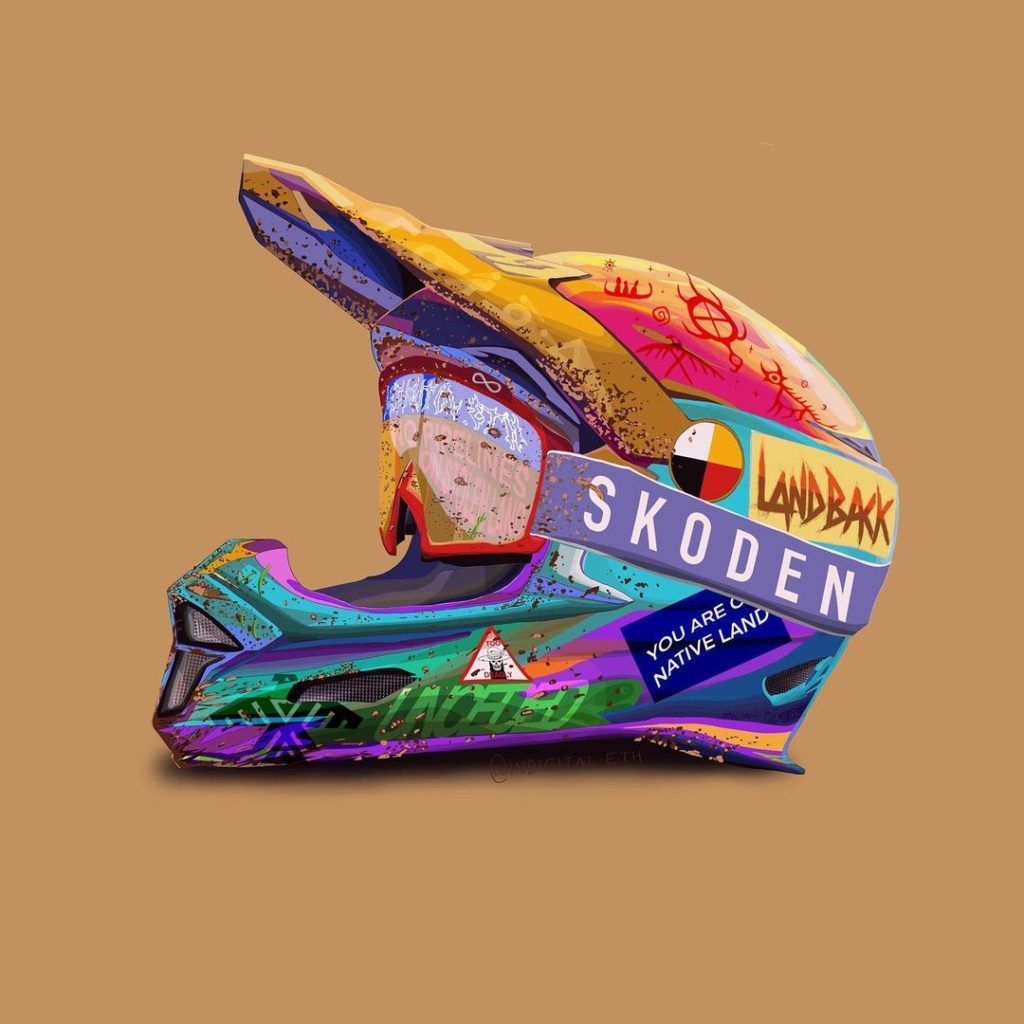
I like the interactivity between the viewer and the artwork. I think there is an element of engagement that there isn’t really with, with other artworks, the AR sculpture isn’t even there without the viewer.
Quinn Hopkins
So, what I’m interested in doing with, with my augmented reality is sharing the visual culture that I grew up to love with, with more people. So I just want to continue to do that. Inspire new generations. And I want, I want to push the medium forward. I want to, you know, break the fourth wall of the canvas, so to speak and make things that are sort of semi tangible or I think I’ll eventually I’ll work, work into more physical sculptures, but for now, augmented reality is meant to be shared.
And I like the interactivity between the viewer and the artwork. I think there is an element of engagement that there isn’t really with, with other artworks, the AR sculpture isn’t even there without the viewer. So the viewer has to engage with the artwork in order to view it. It’s, it’s more intimate with the viewer, right? the viewers holding their phone right in front of their face and the sculptures just behind that phone. And to me, that’s sort of magical and especially. So yeah, I’m trying to just show off the Ojibwe culture, the, Anishinabeg peoples’ art in a new and exciting way. I to create sort of joyous, hopeful art. I do scale in my art. So I I things to feel big and monumental because I’m proud of my culture. And I think that, you know, showing it when it, it looks it’s towering over and casting a shadow on a big landscape. It just shows that you know, we’re here and doing contemporary new futuristic things.
I think that, showing it when it’s towering over and casting a shadow on a big landscape, it just shows that we’re here and doing contemporary new futuristic things.
Quinn Hopkins
So I started creating Instagram filters. That was my first sort of public experience with augmented reality. And I fell in love because I could share it instantly over my social media network. I actually use Spark AR which was very intuitive.
So it just was seamless and a really easy experience to get started in the space. But what’s really great about it is that I could share it instantly with my audience and have them interact with it in that sort of engaging way that I was talking about earlier where they, they are, you know, viewing the sculpture wherever they are. And I really liked that. I get to see people’s reactions and their interpretations of the piece because they, they posted on their stories and I get to see that. And uh, that’s rewarding for me because, you know, I, I get feedback. And I get to, you know, start a conversation with my art audience and I get to spread a little bit of joy and magic into the world.
Quinn:
I’m excited to debut my new AR experience Meeting of the Doodem at Woodbine Weekend of the Luminato Festival, June 18th and 19th.
Learn more about Quinn Hopkins in this short film by Swim Drink Fish
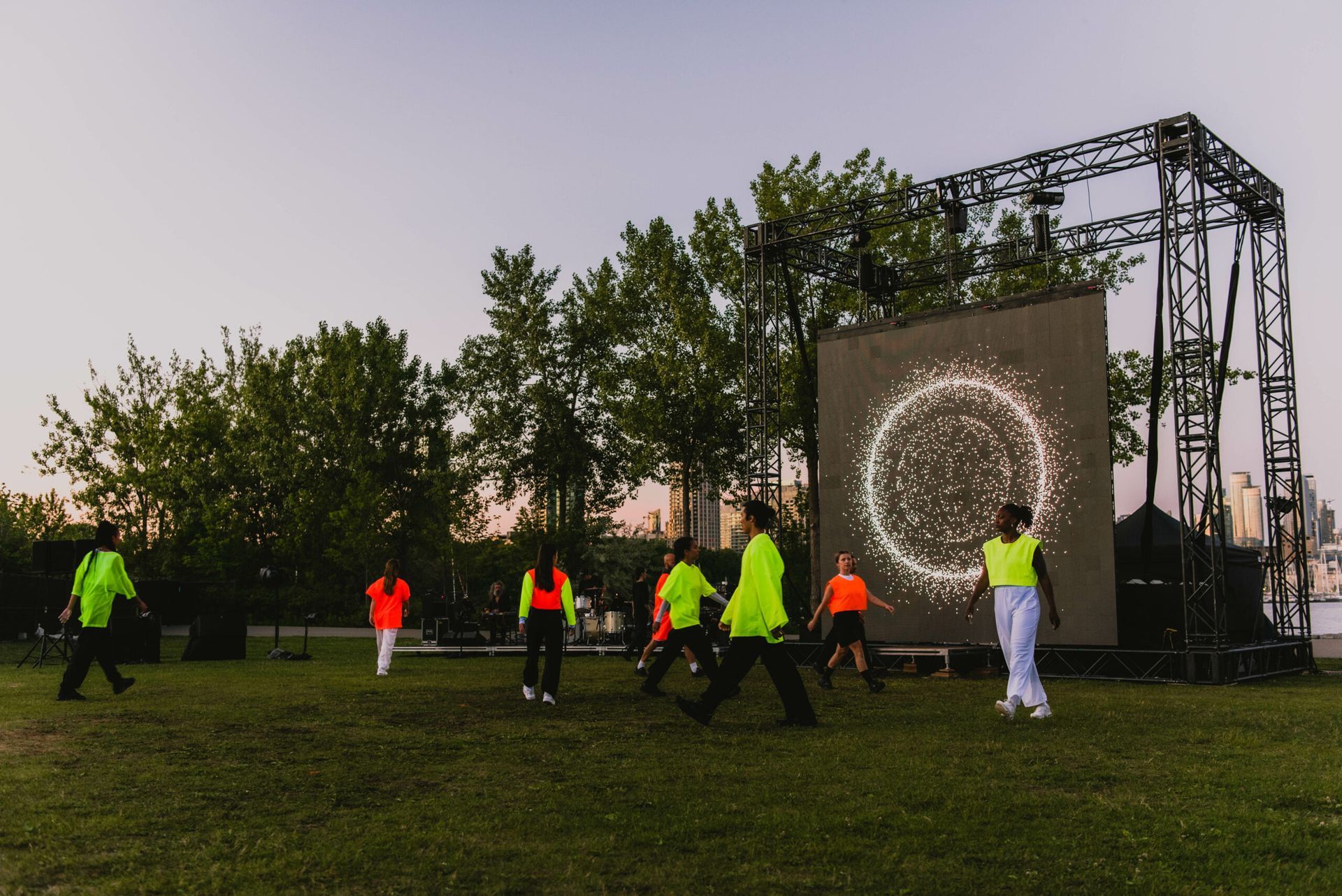
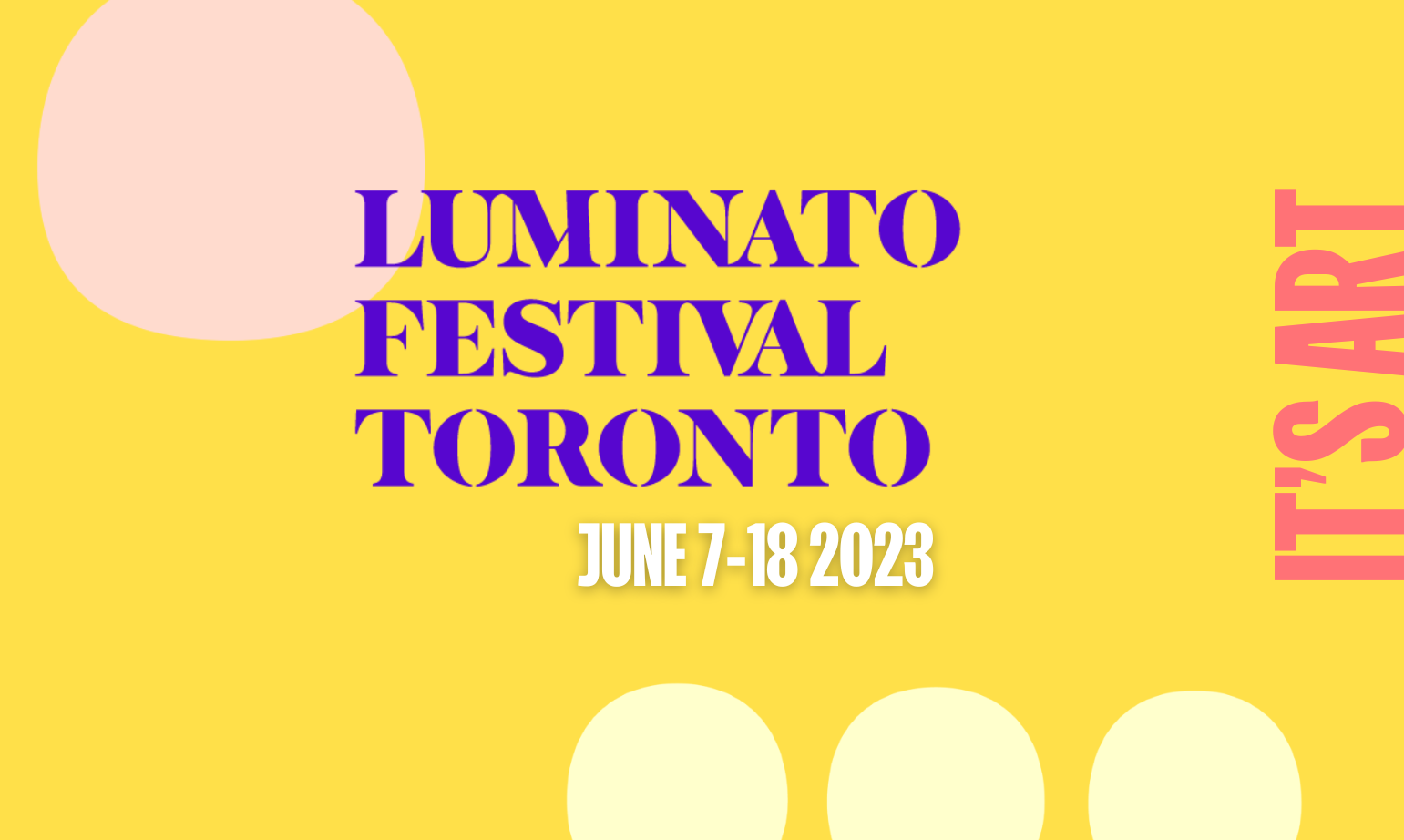
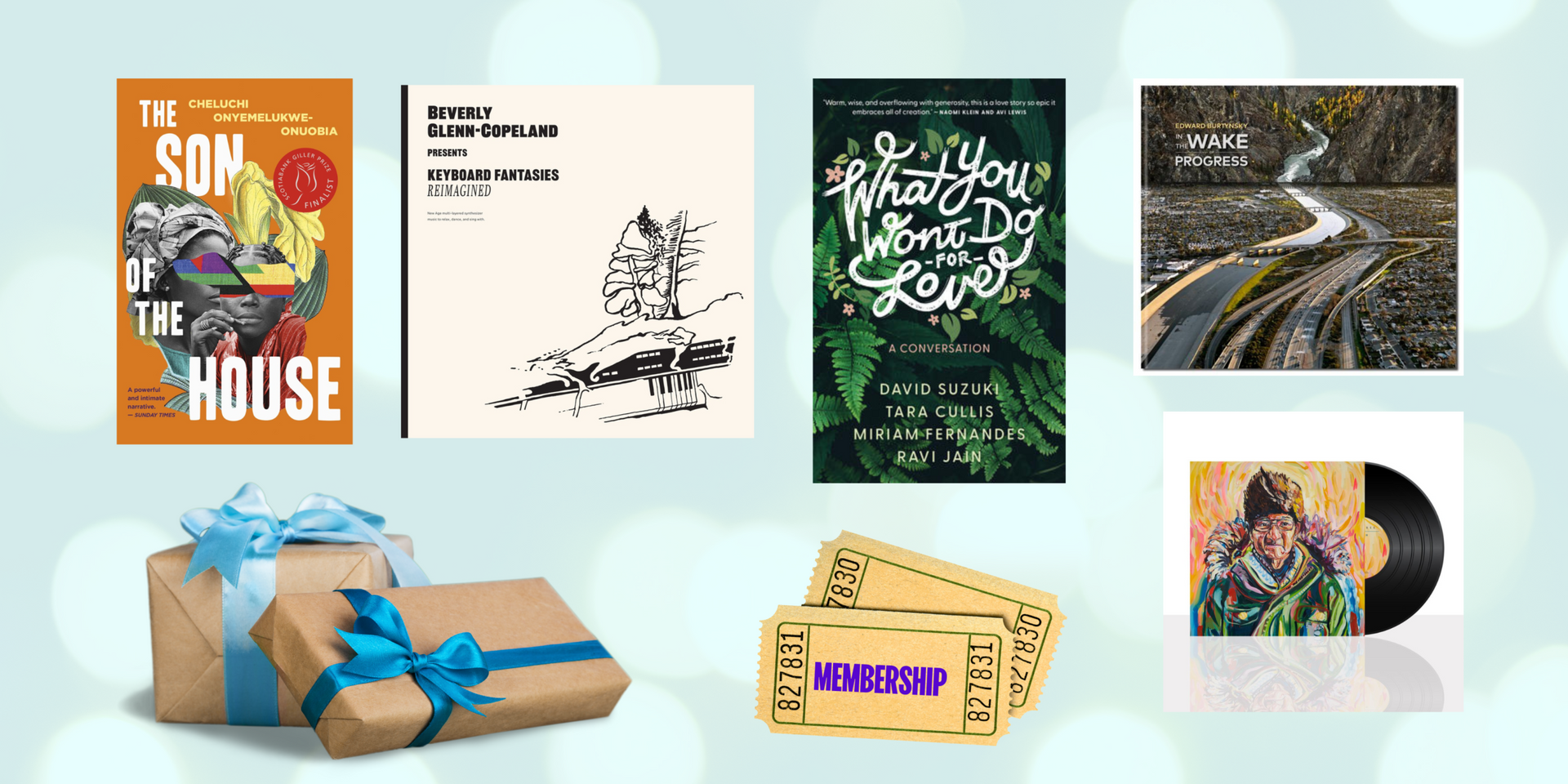
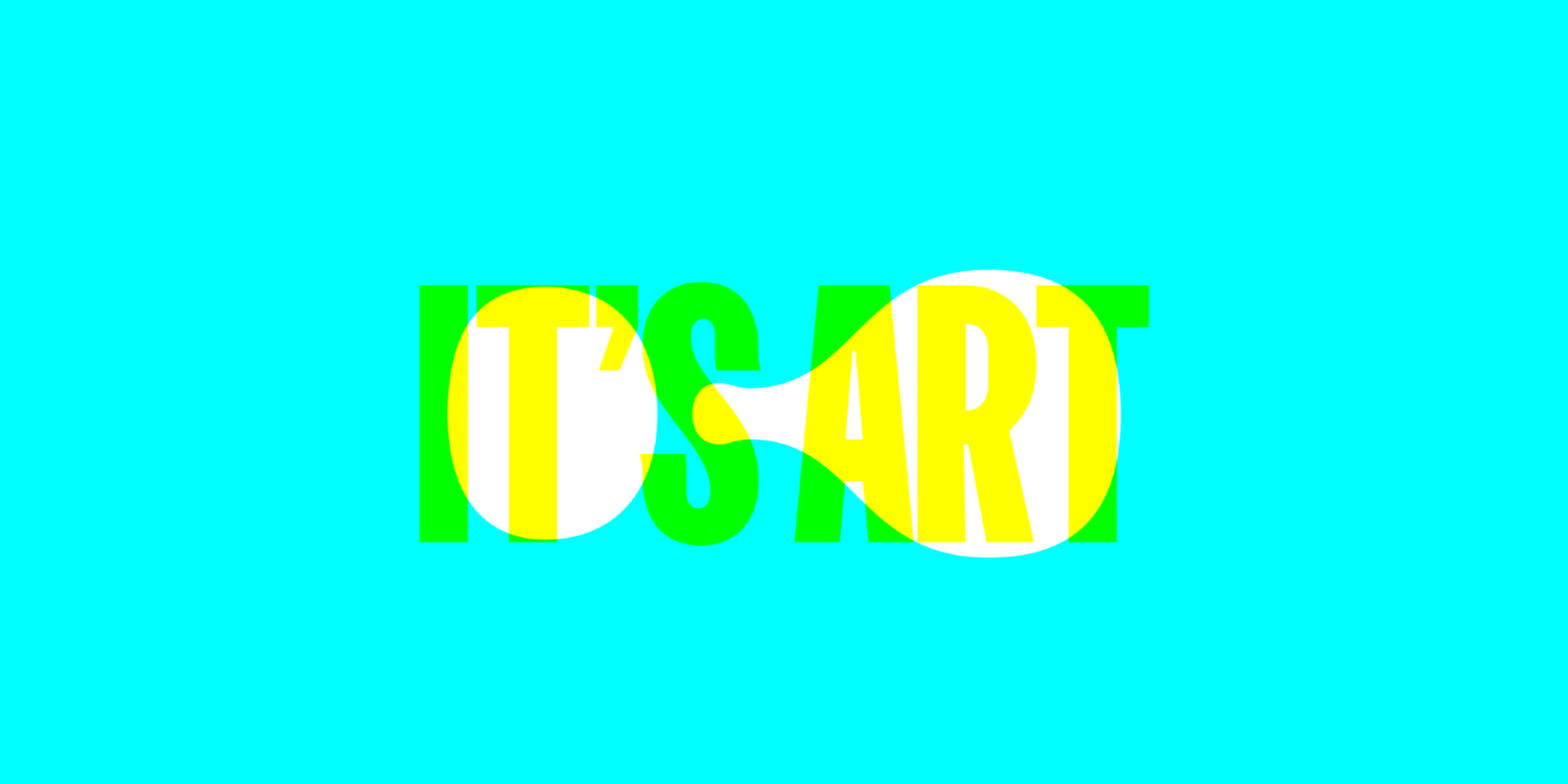
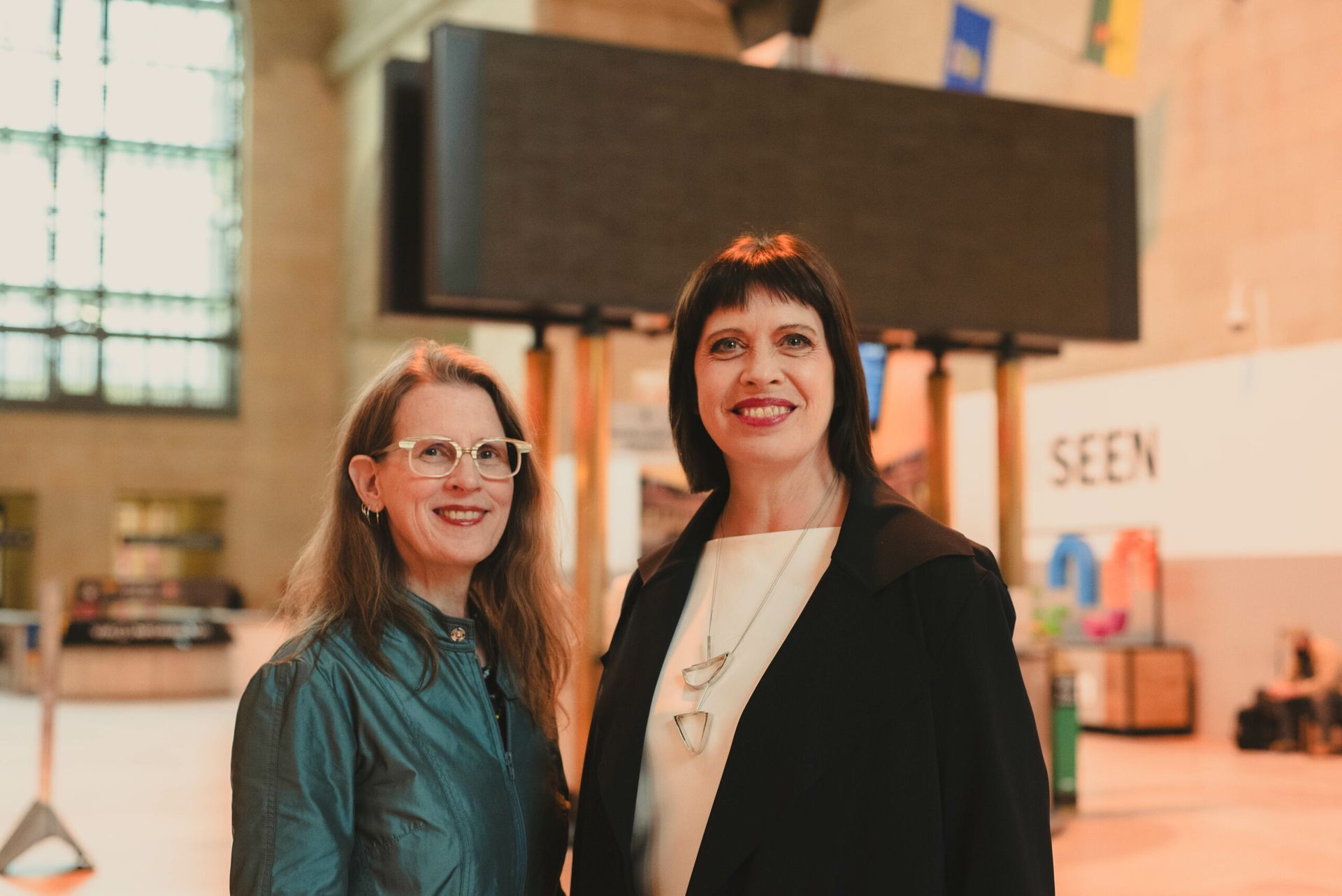
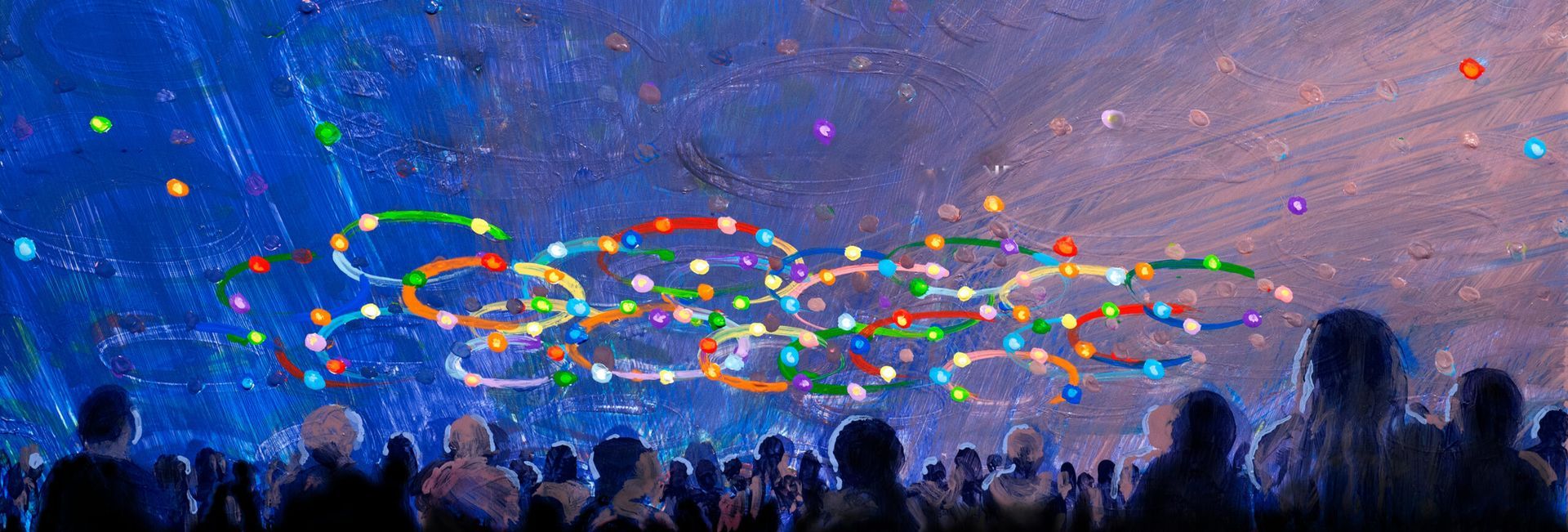
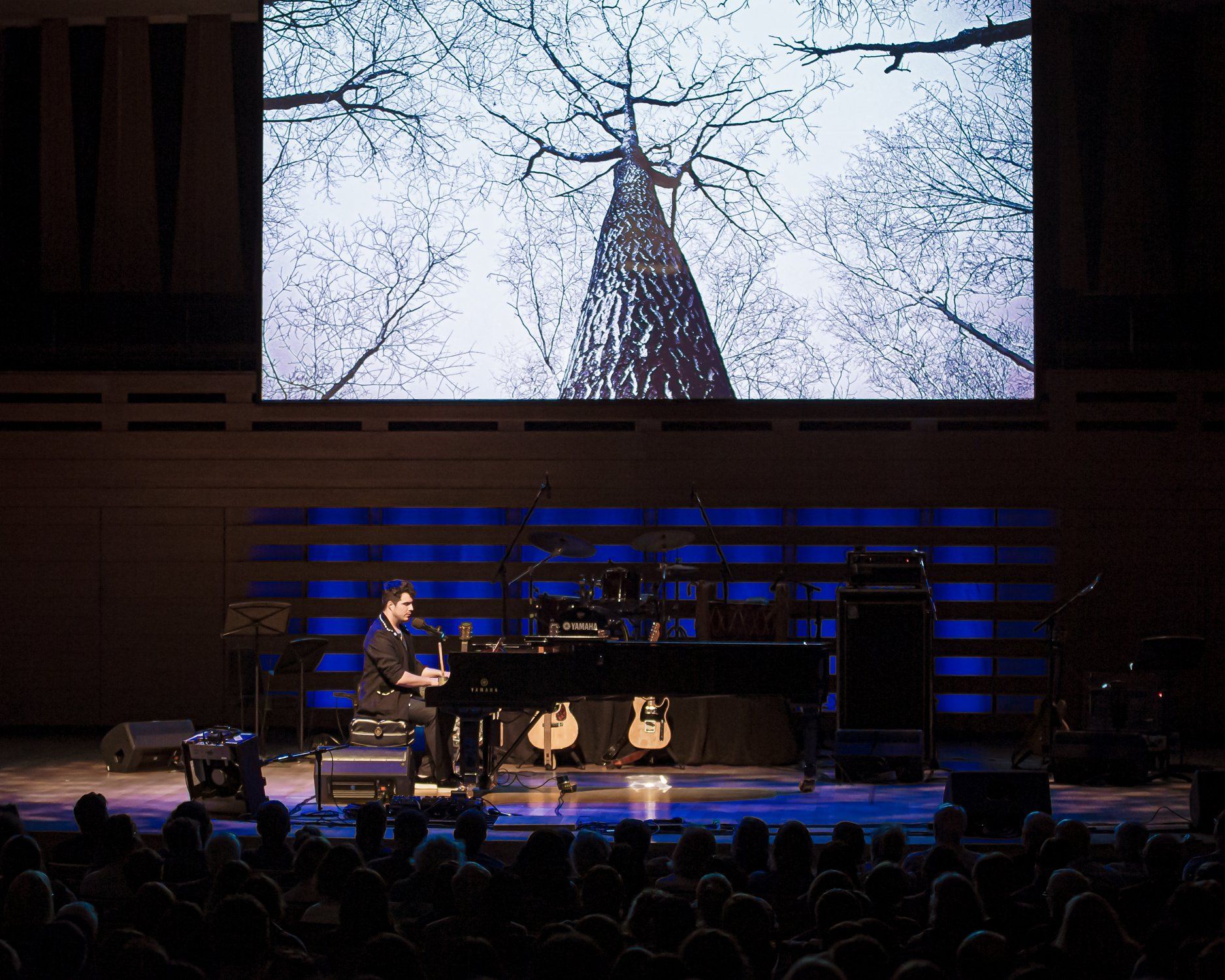
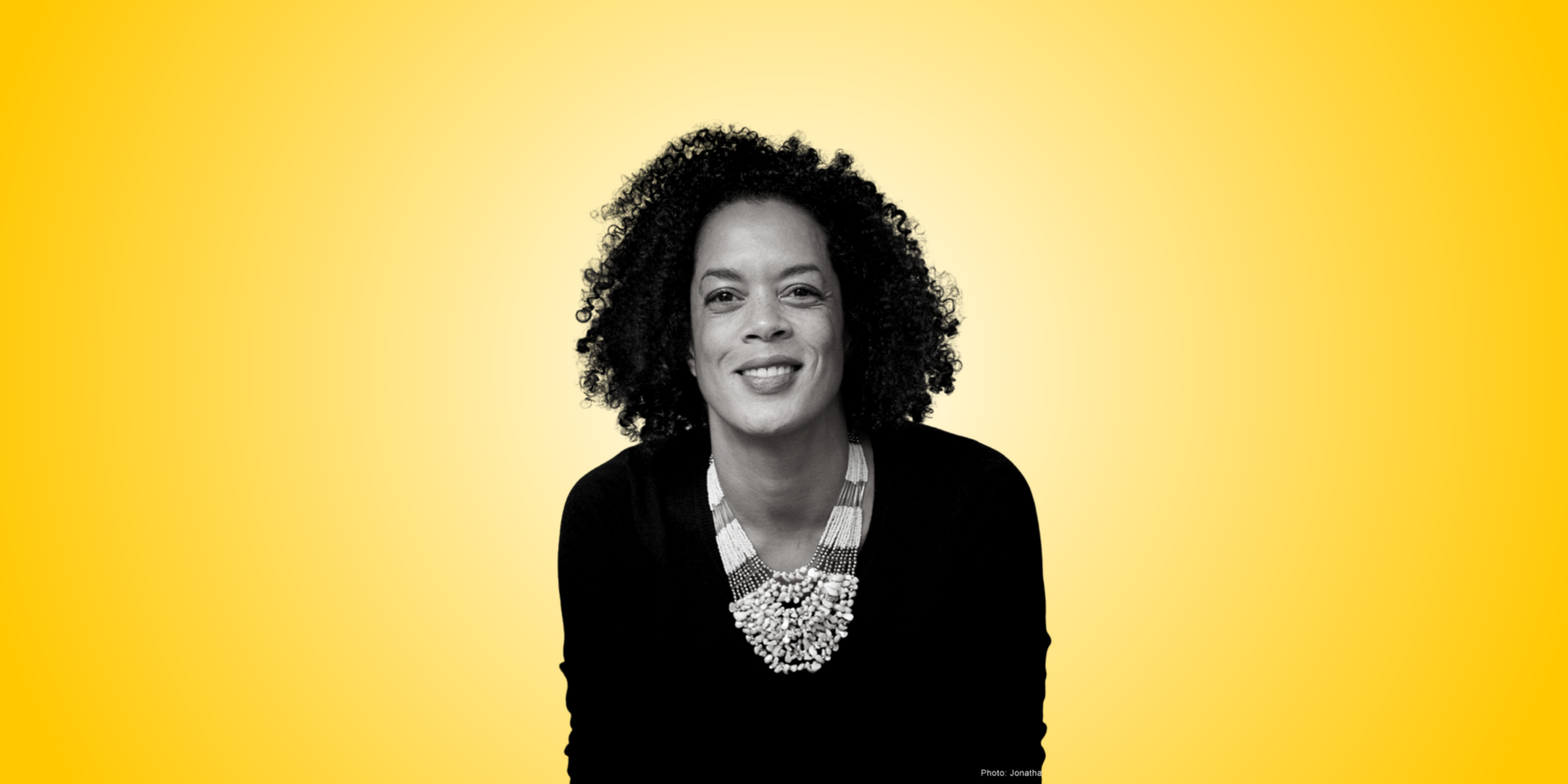


© 2025 Luminato Festival Toronto, All rights reserved.
Privacy Policy
|
Terms and Conditions


